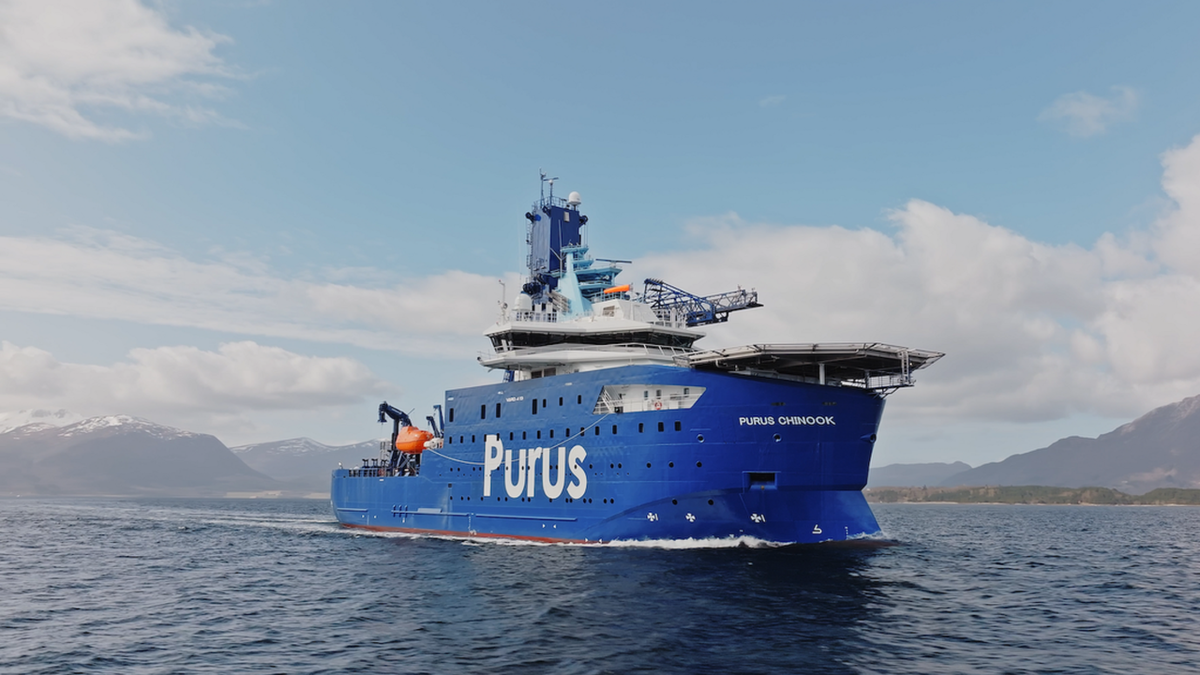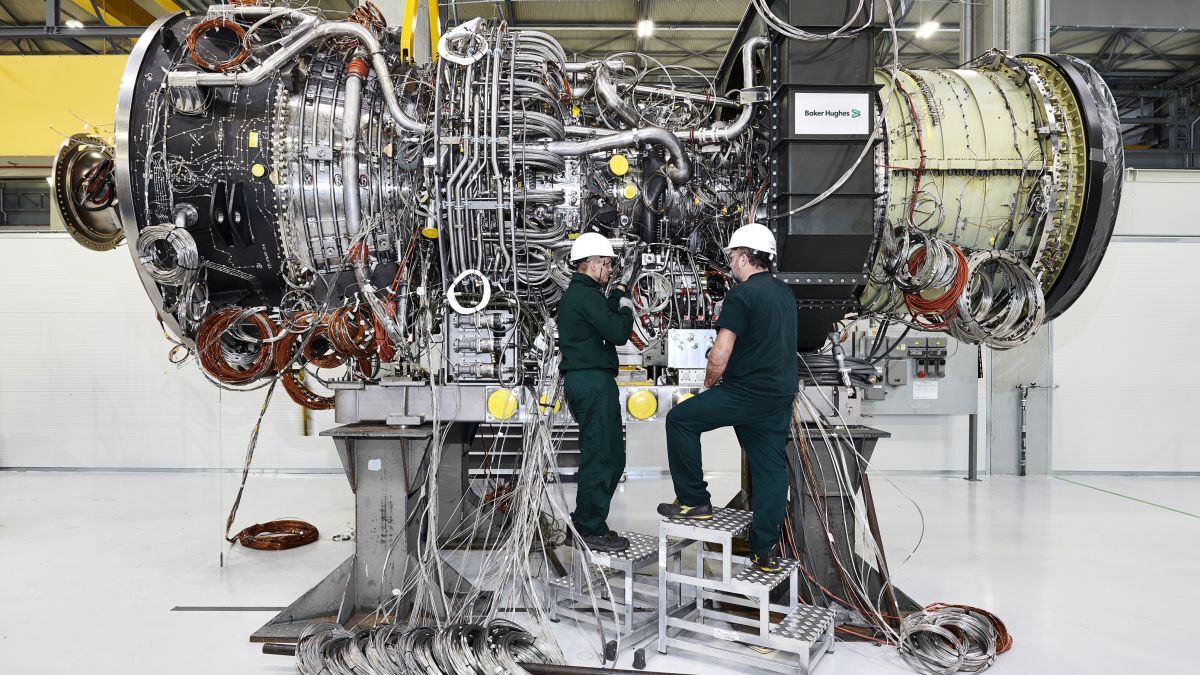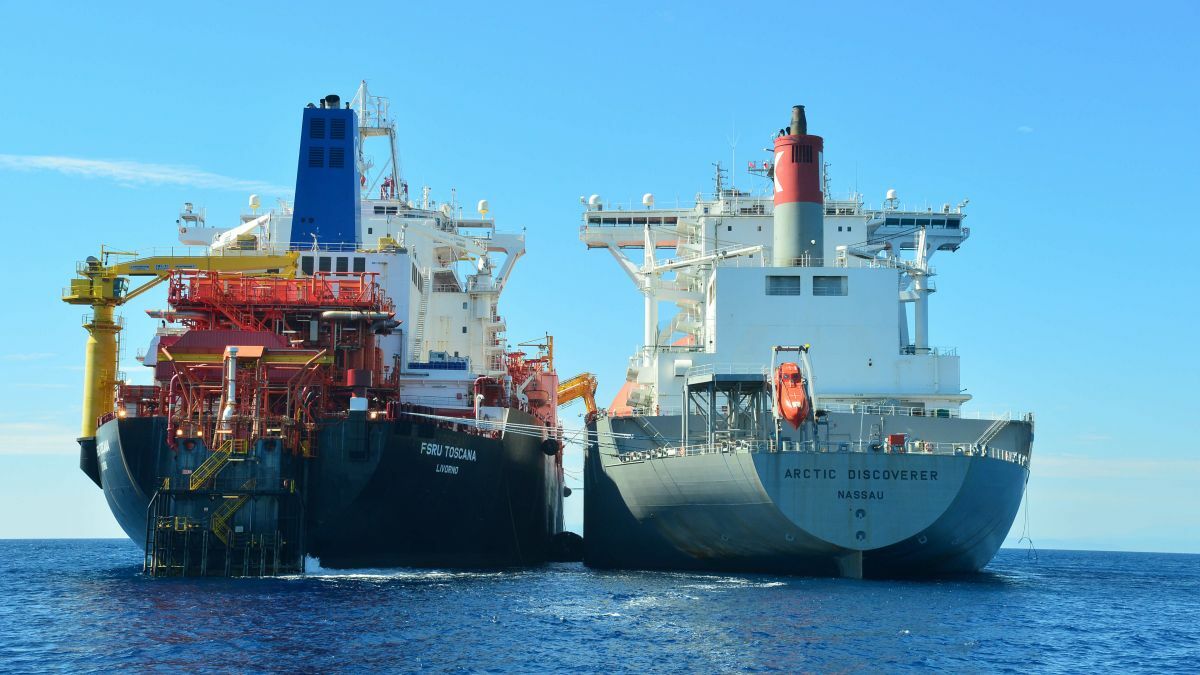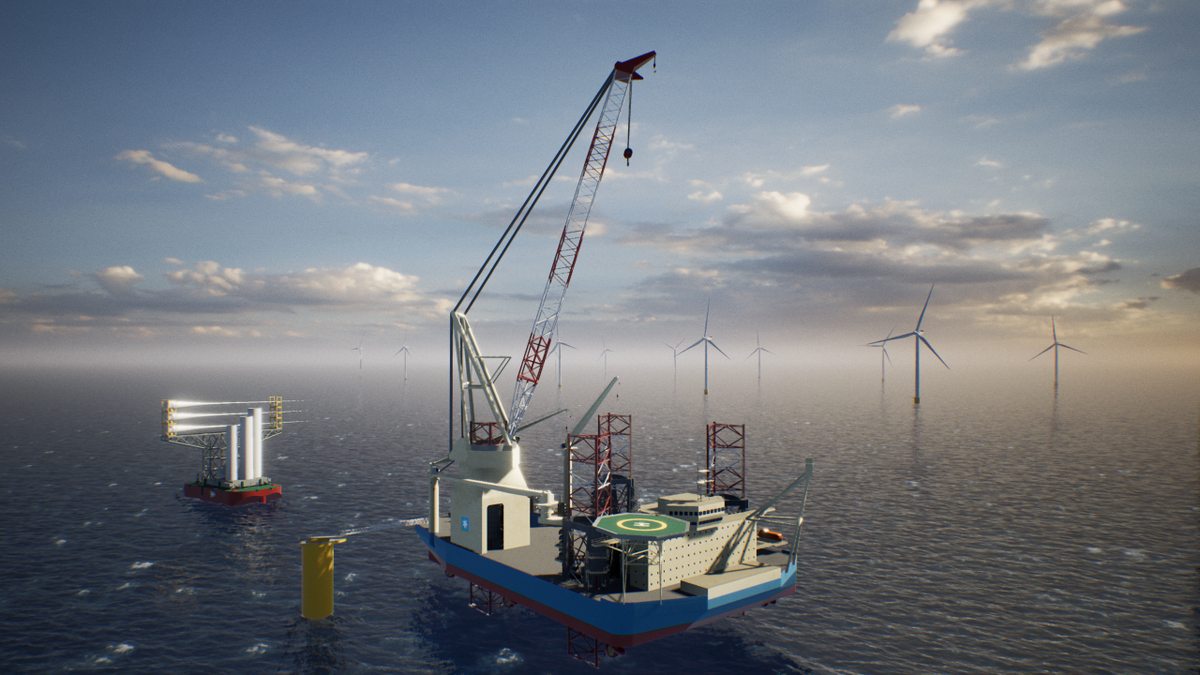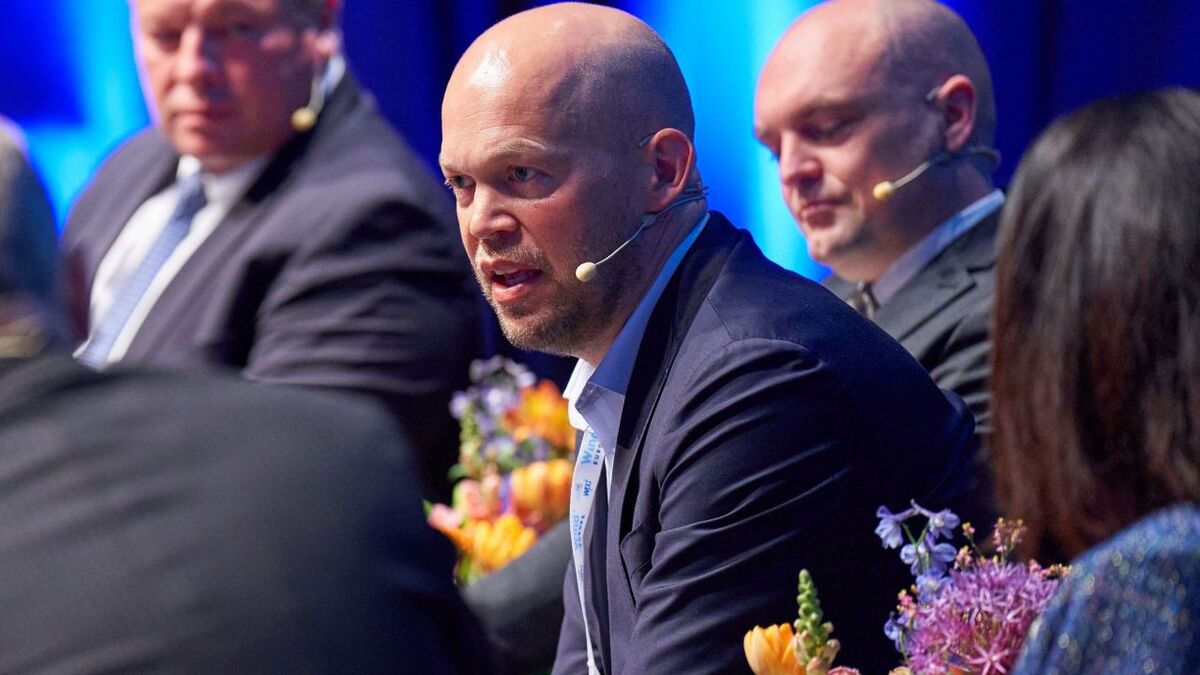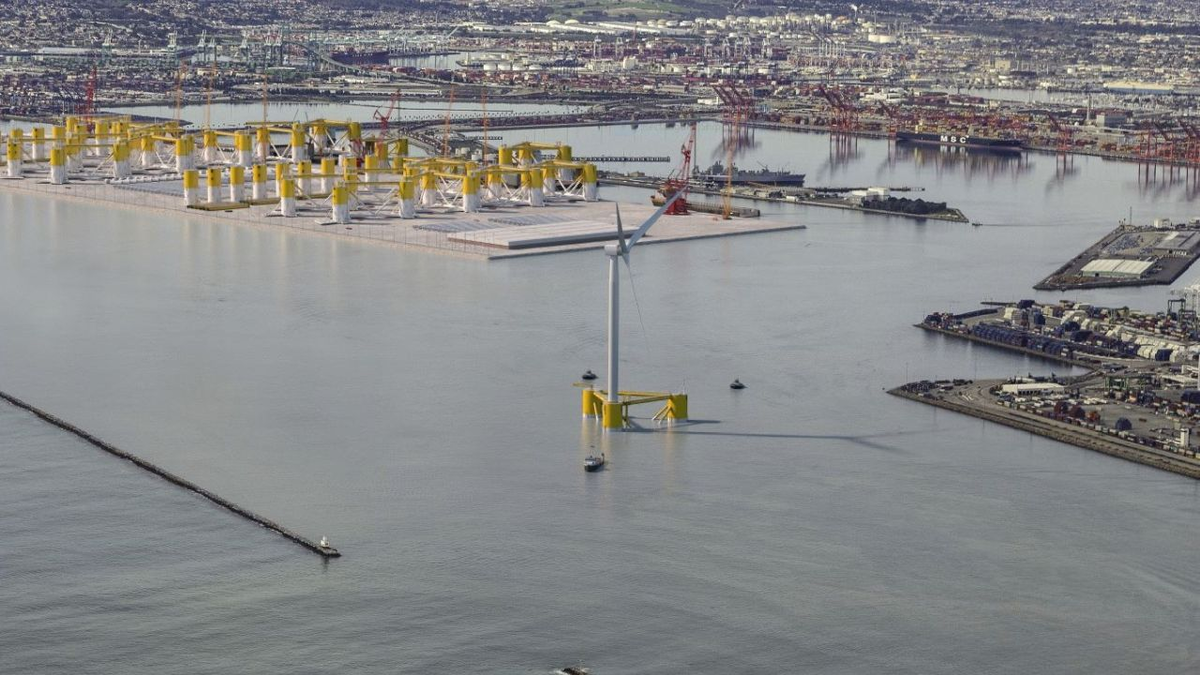Business Sectors
Contents
World Bank, DNV say offshore wind ‘could be Brazil’s next hydro’
Offshore wind could be ‘Brazil’s new hydro’ according to a new report, and could provide large-scale electricity generation needed to meet population growth and rising demand
The World Bank Group report, Scenarios for Offshore Wind Development in Brazil, as conducted by DNV, is one of a series of offshore wind roadmap studies it has commissioned.
The authors of the report note that although hydropower currently satisfies 72% of Brazil’s electricity demand, projections indicate net hydro generation capacity will not expand significantly over the next 25 years.
In the face of expected population growth and rising demand, hydro’s contribution to the grid is therefore expected to fall to 46% by 2050.
“Offshore wind, alongside onshore wind and solar, represents an interesting option not only to fill this gap but to mitigate hydro’s interannual variability,” said the authors of the report, which analyses opportunities – and challenges – to offshore wind in the country.
DNV’s analysis indicates that offshore wind is particularly complementary to hydro as it is both countercyclical on a seasonal basis and has lower variability on an interannual basis. It notes that offshore wind output would be strongest in months when water levels are low.
The analysis also suggests that the year-on-year variability of offshore wind is expected to be much lower than hydro output in much of the country. As such, if deployed at scale then offshore wind could serve as an ‘energy hedge’ against unusually dry years such as those observed in the past decade.
The report notes that offshore wind is currently one of the most cost-competitive sources of new generation in developed markets such as Europe and China, but that in new markets, such as Brazil, the initial cost of the first projects is expected to be significantly higher.
Analysis in the report suggests that with high volume targets and appropriate conditions, the cost of offshore wind could fall from US$64/MWh for the first projects – roughly 50% higher than onshore wind and solar – to US$52-US$40 per MWh by 2050, at which point it would be competitive with conventional forms of generation. This situation is not dissimilar to the historic case of onshore wind in Brazil.
The report also notes that Brazil has announced ambitious targets for the production of green hydrogen, with a focus on major ports such as Pecém and Açu that may serve both domestic and international markets by creating hydrogen hubs.
To be eligible to participate in and be competitive with international green hydrogen markets, Brazil will require a substantial buildout of renewable power, particularly in the face of flat hydro capacity and limitations in onshore wind and solar expansion. Analysis in the report suggests that if Brazil wants to satisfy 5% of global green hydrogen demand by 2050, it would require close to 100 GW of new renewables, and offshore wind could satisfy a significant portion of this demand, particularly if built near designated GH2 hubs.
The report finds that Brazil’s offshore wind energy potential exceeds 1,200 GW, with 480 GW from fixed foundations and 748 GW from floating foundations and that this abundant resource, strategically located near demand centres, positions offshore wind as a pivotal player in Brazil’s future energy landscape. It provides a vision for a future under three different Growth Scenarios: a Base Case of 16 GW by 2050, representing 3% of Brazil’s generation capacity; Intermediate, 32 GW by 2050, accounting for 6% of the total generation capacity; and Ambitious, 96 GW by 2050, comprising nearly 20% of the generation mix.
DNV says whatever course policymakers and stakeholders choose to chart, they must act swiftly to capitalise on current interest, particularly amid waning investor enthusiasm for emerging markets. It notes that updates in transmission networks, port infrastructure and manufacturing capabilities, along with environmental and social sensitivity mapping – all prerequisites for offshore wind development – have lengthy timelines, and providing a clear market entry pathway, including seabed exclusivity and offtake arrangements in initial offshore wind auctions, is essential.
DNV executive vice-president and regional director Latin America energy systems Santiago Blanco said, “This report highlights the immense potential of offshore wind in Brazil and provides guidelines for its development. The country’s choice to embrace offshore wind hinges on balancing energy demands, climate goals, and economic growth. Our research offers insights, not directives, outlining the challenges and opportunities to inform strategic decisions.”
Sign up for Riviera’s series of technical and operational webinars and conferences:
- Register to attend by visiting our events page.
- Watch recordings from all of our webinars in the webinar library.
Related to this Story
Events
LNG Shipping & Terminals Conference 2025
Vessel Optimisation Webinar Week
Marine Coatings Webinar Week
© 2024 Riviera Maritime Media Ltd.



